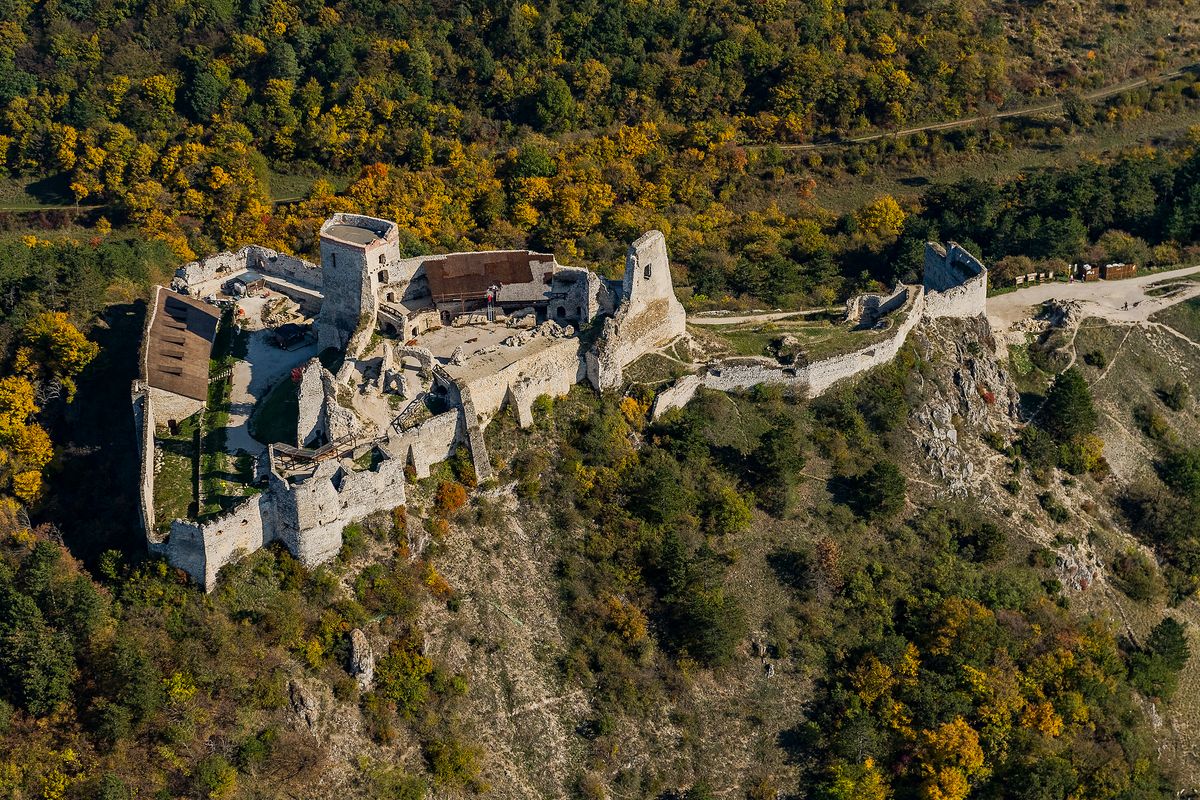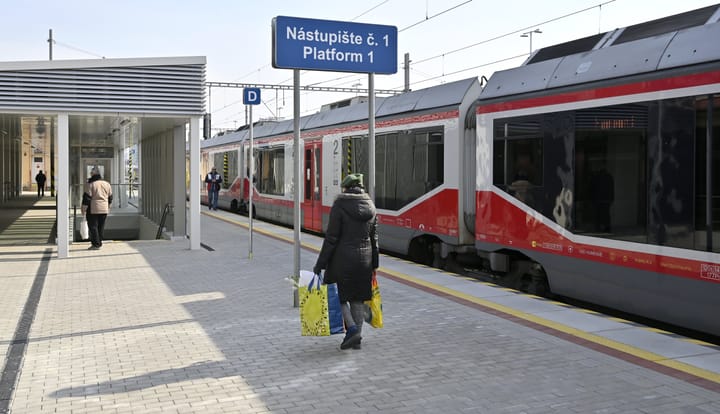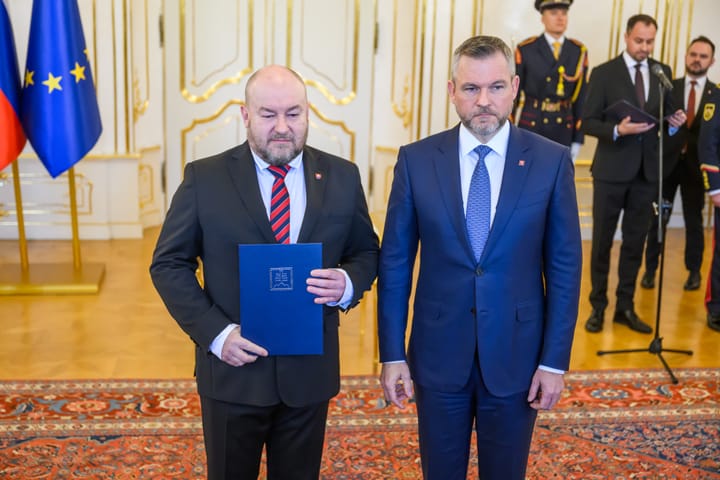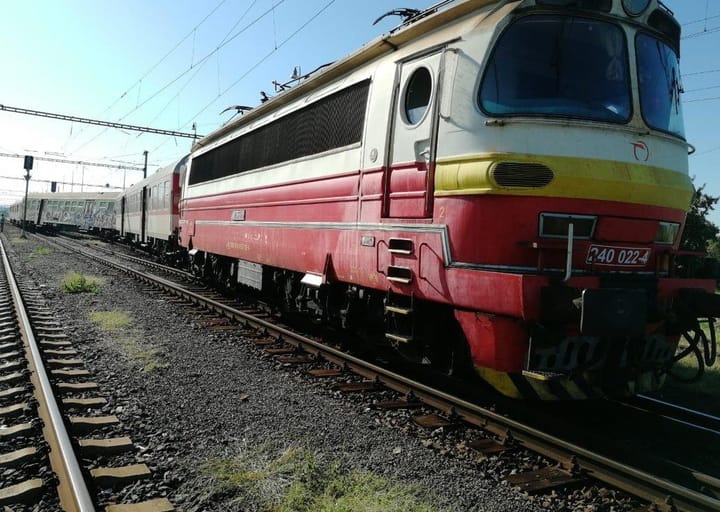Summer 2020: Castle of 'Bloody Countess' Guards Northern Tip of Small Carpathians

Bratislava, July 20 (TASR) – The northern part of the Small Carpathian Mountains includes the highest peak of the mountain range, Zaruby (altitude 768 metres above sea level), and Cachtice Castle, which in the 16th and 17th centuries belonged to Countess Elizabeth Bathory, listed by The Guiness Book of World Records as the most prolific female murderer ever.
DOLANY, DOLNE and HORNE ORESANY: The villages of Dolany (formerly Ompital), Dolne and Horne Oresany – all part of the Small Carpathian Wine Route – are nestled in the south-eastern foot of the northern part of the mountain range. The recreation resort of Majdan is located next to a water reservoir near Horne Oresany. The settlement of Rybaren is further down in the valley of the Parna River, featuring a network of ponds for breeding salmon-type fish, built under the auspices of Count Palffy in the 19th century. A narrow-gauge railway was constructed here relatively recently for transporting logged wood. The entire network of railways, which ran up to Dobra Voda, had a total length of 70 kilometres.
SMOLENICE: A Thracian-Scythian fortified settlement was built on Molpir hill above the village no later than in the 6th century BC, while the area was also inhabited during the era of the late first-millennium state now known as Great Moravia. A castle was constructed there in the 14th century to watch over the so-called Czech Road, connecting the Hungarian capital Buda with the Bohemian capital Prague. The castle later fell into decline but was restored by the family of Count Palffy in the first half of the 20th century. Smolenice Castle now serves as a congress centre for the Slovak Academy of Sciences (SAV). The Smolenicky kras karst includes the Hlboca Valley, with the only waterfall in the Small Carpathian Mountains, while Driny Cave can be found near the resort of Jahodnik. Tourist paths also lead to the ruins of Ostry Kamen Castle [‘Sharp Rock’] and the picturesque village of Losonec.
BUKOVA, KORLATKA: Bukova is a lakeside resort embedded in captivating mountainous land. The ruins of Korlatka Castle are located close to the nearby village of Rozbehy.
DOBRA VODA: Apart from the ruins of Dobra Voda Castle, this village is also linked to priest and poet Jan Holly (1785–1849), nicknamed the ‘Slovak Homer’, who spend his final years there.
NAHAC: Even though many people in Slovakia grin at the name of the village, which can be translated into English as ‘naked man’, the village is actually named after the autumn crocus, also colloquially known in English as ‘naked ladies’. The local familiar name for the plant has a similar origin, referring to the fact that the flowers of this plant emerge from the ground well before the leaves appear. A few kilometres further up in the mountains are the ruins of Saint Catherine’s Monastery, dating back to 1618, which the locals now call by the diminutive name ‘Katarinka’. The site, linked to several miracles, fell into decline after Holy Roman Emperor Joseph II shut down hundreds of contemplative monasteries in the late 18th century. The site is now being slowly reconstructed by enthusiasts.
VRBOVE: This village located ten kilometres from the well-known spa town of Piestany boasts a leaning bell tower. Other sights of interest include the 14th-century Saint Martin’s Church and a Jewish synagogue built in the Moorish style.
CACHTICE: The ruins of Cachtice Castle guard the northernmost point of the Small Carpathian Mountains. The castle is most famously linked to the story of the ‘Bloody Countess’ Elizabeth Bathory, who became notorious for torturing and murdering many of her young maids.
BREZOVA POD BRADLOM, BRADLO: Bradlo hill is the site of the tomb of and large memorial to Milan Rastislav Stefanik, one of the most instrumental politicians involved in the setting up of Czechoslovakia in 1918, who was killed in an aircraft crash near Bratislava in 1919.



